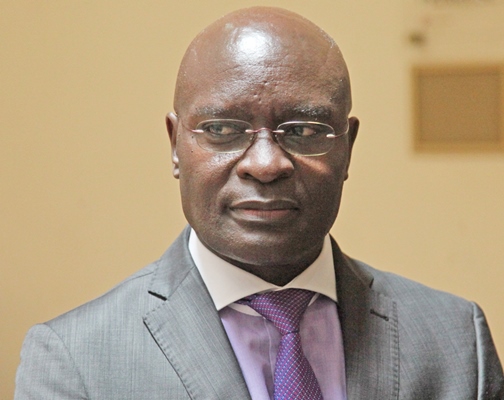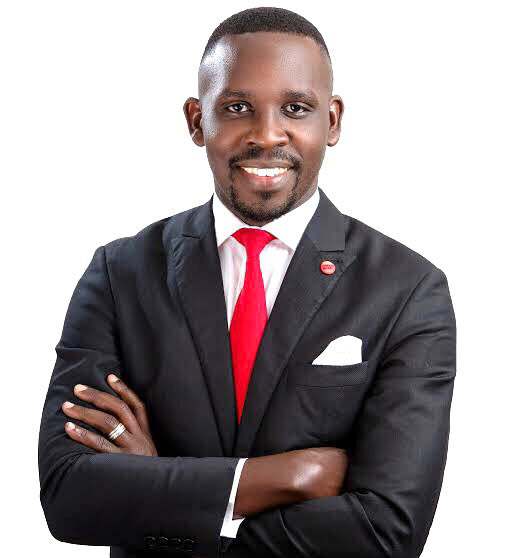During the most recently concluded elections, the NRM under the tutelage of President Yoweri Kaguta Museveni Tibuhaburwa promised that the 2021-2026 term is going to be a kisanja for creating wealth, jobs and incomes for all Ugandans. To actualize that, the Parish Development Model (PDM) was hatched as a strategy to move the 3.5 million households that are still in subsistence farming to the money economy. However, the aims of the PDM are unlikely to be achieved. The PDM has not been immunized against the constraints that bedeviled earlier programs such as NAADS, OWC, to mention but to save time as explained here under
Limited funds
The one millions being given to each receipient is unlikely to be adequate for a young person who is starting on a project from scratch. Such an amount of money would best be of help to entrepreneurs , both young and adult who have operational projects that require a slight push and catalyze their business to as to realize their goals.
Ambiguous land tenure system
Considering the investment options by Ugandans, the results show that investment in farmland was the most commonly used investment option by households (59%) followed by livestock (42%) while Fixed Deposit Accounts (1%) were the least. Therefore, by all means, the government should take measures to harmonize the land tenure system and bring to an end the actions of ‘gun point land grabbers ‘. Otherwise , there will be no shortage of cases where the recipients of the funds are evicted storm-style with their projects leading to losses and making the goals of PDM unattainable.
Difficulty in accessing electricity
It is not debatable that presence and then use of electricity is a key triger of development in the current world . It is however unfortunate to note as revealed by the Uganda National Household Survey (UNHS) that many households of Uganda have no grid in their localities .Those that have , are far from the households and to those whom the grids are not far find the initial cost of connection high ( one in every five households). This implies that household expenditure on electricity is high much to the disadvantage of the green growth strategy , digital migration and agro processing . Consequently, the PDM goal of moving the 3.5 million subsistent households to the money economy may not be attained.
Limited acces to information and communication technology
According to Uganda’s Second National Development Plan (NDPII), the Information Communication & Technology (ICT) sector is envisaged to facilitate sustainable, effective and efficient development through harnessing and utilising ICT in all spheres of life. This is partly linked to innacesibility to electiricity as well as the costly internet services. As expected, efforts to widen the knowledge stock of Ugandans are disturbed. consequently, efficiency in finance management, administration, and production is minimized which is a blow to the PDM and the anti-poverty campaigns at large .
Poor markets
Even with the presence of UNBS , the quality of markets that sell agricultural inputs is alarmingly poor . Testimony to this is the 2016/ 2017 UNHS revelation that overall , the proportion of communities that rated markets which sell agricultural produce as poor, almost doubled from 4% in financial year 2012/2013 to 6% in 2016 /2017. The situation is aggravated in cases where inadequate infrastructure, high transport costs and limited market information prevail.
Bad roads
The quality of the roads ought to be at its best or near there in order to harness development given its substantial positive impact as far as inter-sectoral linkages are concerned . Implementation of the PDM requires a well-functioning road network.
However, the UNHS statistics show that overall, the proportion of communities that rated the quality of community roads as poor increased from 54 percent in FY 2012/2013 to 63 percent in FY 2016/2017.This implies that movement of agricultural inputs and produce as well as labor is constrained which indents the poverty -eradicating attempts as well as the realization of PDM goals.
Limited availability of Agriculture Extension Services in the Communities
The UNHS indicates that in 2016/17 only five percent of communities had access to agricultural extension workers within their LC I, which is a drop from 21 percent in 2012/13. Worth noting ,is a fact that the proportion of communities that rated such services as poor increased from 18 percent in 2012/13 to 39 percent in 2016/17. Such a trend is a major blow to the PDM participants who are receiving funds to engaga in agricultural activities . This is because of the under delivery of on farm support to farmwrs in form of farmer trainings , demonstrations and study tours. This cripples PDM and other agriculture leaning poverty eradication strategies.
As explained above , the PDM is unlikely to be implemented as planned hence unable to liberate the majority poor of Uganda and so the government , stakeholders and development partners should opt for ,among others ,the following options of fighting poverty .
Government regulation of the education sector.
The UNHS (2016/2017) shows that approximately 64% of household expenditure goes towards education. This implies that education despite all the efforts taken to make it affordable ,such as UPE and USE , remains expensive . This partly explains why many pupils start school but only a few complete.
This partly exacerbates the unemployment problem. Measure to regulate the cost and quality of education can possibly ensure more elites both in numbers and capabilities thereby boosting their productivity and incomes hence fighting poverty.
Subsidise electricity distribution
Absence of the grid or the grid being far account for about 71% of the non-use of electricity in rural areas. Related to that, high cost accounts for over 21% of non-use of electricity in urban areas. If measures are taken to smoothen acces to electricity, the economic activities can increase, also household expenditure on electiricity can reduce all of which can increase the percentage of people whose improvement in well-being is due to access to electricity to shoot beyond the UNHS 27% as per FY 2016/2017.
Improve transport
The 2016/2017 UNHS shows that the proportion of residents that classified community roads as poor increased to 63%. Owing to the fact that transport is a chief driver of inter sectoral linkages and developments, more efforts need be put towards the transport sector. It should not only be road transport but also air , water and railway transport . With this, movement of commodities, labor and machines can be smoothed which have multiplier effect not only on the PDM but also other projects and plans of the government.
Prioritize agriculture
The twin strategies of agriculture modernization and better extension services can help Uganda to score way higher in the poverty eradication campaign since over 70 % of the population derive livelihood from agriculture as revealed by the 2016/2017 UNHS. By this way, chronic agricultural problems such as prolonged drought, poor animal breeds and crop varieties as well as pests and diseases may be minimized hence making the NDP III goal; transformation from a subsistent to a modem money economy attainable.
Ease acces to information and communication technology
By the mere fact that the world is rapidly shifting to the digital way of life, it is equally vital for the government of Uganda and the development partners to channel efforts towards affordable e-life. This is in conjunction with the Vision 2040 that talks to the fact that the ICT and ICT Enabled Services (ITES) industry has enormous opportunities that Uganda can exploit to transform the economy and peoples’ lives through job creation, accelerated economic growth and significantly increased productivity.
Further more ,ICT can boost national productivity by making Government and business enterprises more efficient, effective and globally competitive. There is potential to improve availability of digital content and e-products, automate Government processes and enhance inter-agency connectivity, increase innovation, bridge the gap between industry and the academia and commercialize research and development.
In conclusion, the PDM faces too many structural obstacles that need to be addressed for it to yield its desired goals.








